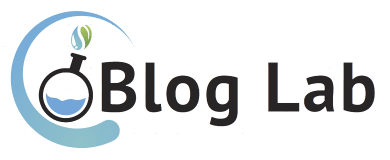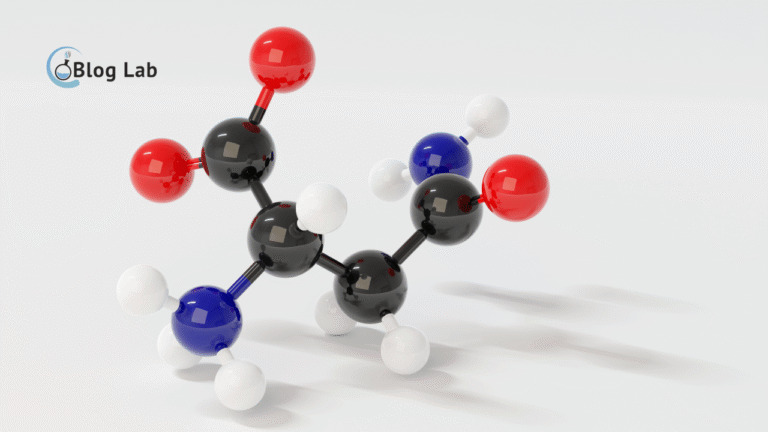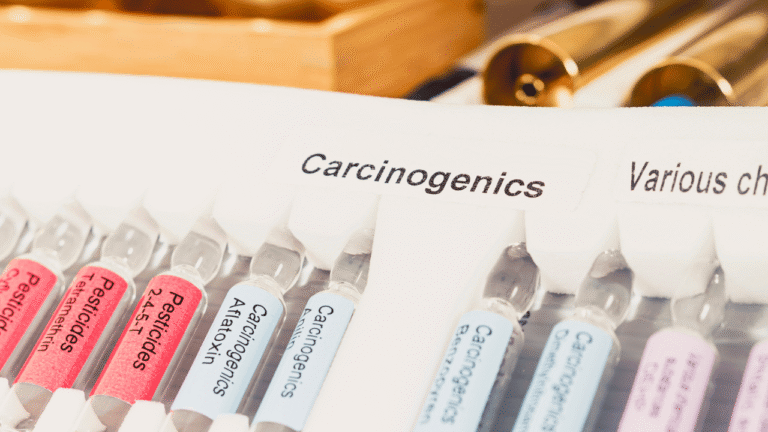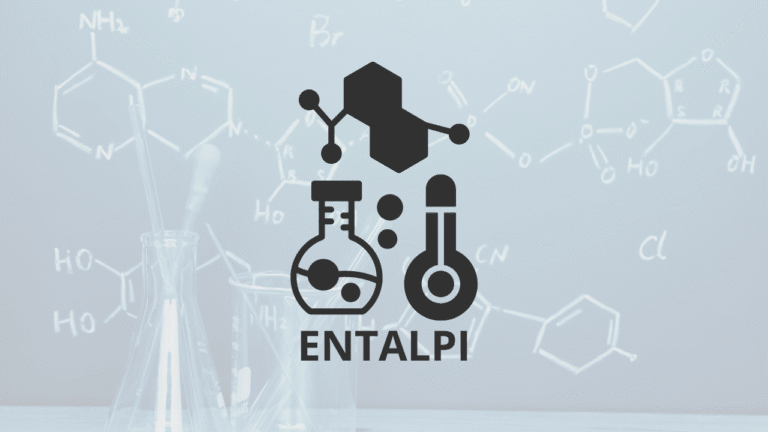Contamination Articles:
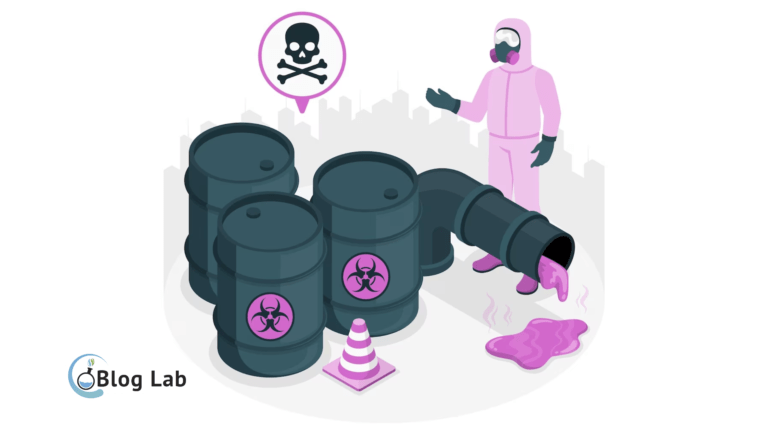
Contamination is a problem often faced in many sectors of our lives. Whether it's in the food industry, water, air, or the environment around us. Contamination can cause a negative impact on human health, animals, and the environment as a whole.
In this contamination article, Lab Blog will talk about contamination types, provide relevant examples, and also explain about test tools used to identify contamination.
Contamination refers to any substance or foreign material that shouldn't exist in any particular environment or product. It can come from different sources, including natural environments, production, or pollution.
Identifying and understanding the kinds of contamination are so important that we can take appropriate precautions. In addition, a test kit is also required to detect the existence of contaminants accurately.
Contamination Type
Here are some of the kinds of contaminants you can tell, among them are the following:
1. Microba Contamination
Microbial contaminants occur when microorganisms like bacteria, viruses, or fungi are present in an excessive amount in an environment or product. These microorganisms can cause infection or poisoning if consumed or exposed to humans.
Some examples of microbial contamination include:
- Bacteria contaminants on raw or immature foods are perfect.
- A virus that spreads through direct contact or through air.
- Mushrooms that grow on food that are too long stored.
2. Chemical Contamination
Chemical contaminants occur when chemicals like pesticides, heavy metals, or other industrial chemicals are in products or environments. The exposure to these chemicals can have short-term and short-term effects that harm human health.
Here are some examples of chemical contamination common:
- Water pollution by industrial waste that contains heavy metals such as mercury, lead, or cadmium.
- Excessive use of pesticides on plants and vegetables, which can leave dangerous residue.
- Air contamination by motor vehicle emissions or factories that issue pollutants such as nitrogen dioxide or sulfur dioxide.
3. Physical Contamination
Physical contaminants occur when foreign materials like glass, metal, or other foreign objects are in products or environments. Physical contaminants can result in physical injuries if not detected earlier.
Here's an example of a possible physical contamination:
- Pieces of glass in food or drink that can cause a wound to the mouth or throat.
- Metal contained in processed foods that could damage the teeth or contaminate the product.
- Foreign objects are like plastic or rubber in food products or drinks.
Contamination Example
And here also need to know a few examples of contamination, among which is:
1. Microba Contamination Example
- Clostridium botulinium, which can cause serious food poisoning.
- A diarrhea caused by a salmonella infection in a well-cooked chicken.
2. Chemical Contamination Example
- The fruits are contaminated by excessive pesticide residue, which can cause a negative effect on human health.
- The river water is polluted by industrial waste, which contains dangerous heavy metals like mercury.
3. Physical Contamination Example
- Olanan food containing broken glass due to unhygienic production.
- Foreign objects like plastic pieces found in fast food products.
Contamination Test Tool
Below are some kinds of devices that can be used to test contamination that you can know about, and among them:
1. Microba Contamination Test
- Swab test to detect the presence of bacteria or viruses on the surface of objects or food.
- Usage petridish and the growth media to identify the type of microorganisms that are in the samples.
2. Chemical Contamination Test
- Spectrophotometers To analyze the concentration of chemicals in water samples or food.
- Croomatography gas-mass to identify chemical components in complex samples.
3. Physical Contamination Test
- Metal detectors to identify the existence of metals in food or drink products.
- Use machine-vision cameras to detect alien objects like plastic or glass fragments in products.
The contamination test tool played a very important role in identifying the existence of contaminants and keeping the product safe. By using the right test tools, we can reduce exposure to contamination and take necessary precautions.
Sell Contamination test tools
This admin will offer you a tool that can be used to test the contamination of a device called "Portable Online Oil Contamination Tester - PORTABLE OOC3“.
To know the product information fully with the specifications you can see below:
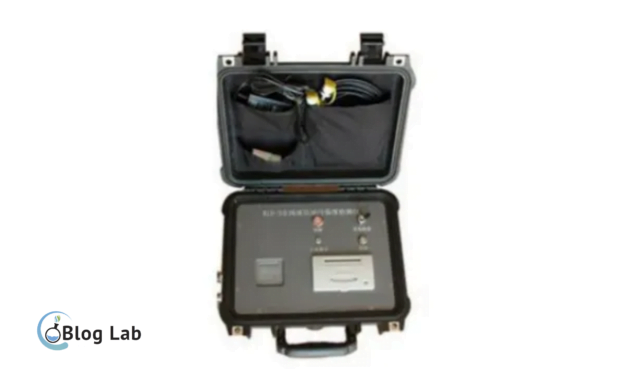
Portable OOC-3 is an online oil contamination tester that can easily be moved. These instruments are smart, light and effective, able to monitor oil contamination, oil moisture, and temperature simultaneously. It uses laser precision technology for accurate analysis.
Features:
Portable OOC-3 is an online oil contamination test that has small, light, and easy to carry. It's equipped with laser sensors that provide a high level of accuracy of detection. Moreover, the OOC-3 portable is equipped with internal batteries so it can be used outside.
Another quality of the OOC-3 Portable is that there are integrated microprinters, which allow users to print test results in reality-time. The test results can be displayed in digital and graphic shapes using the color LCD screen.
It can also measure the level of oil contamination, so that users can easily know the rate of oil hygiene used. With all of these features complete, Portable OOC-3 became an effective and practical tool in the analysis of the oil contamination.
Specification:
| Chanel | 4 |
| Standards | ISO4406, NAS1638 |
| Detection | Particle size |
| Working pressure | Low pressure 0-3~1MPa, High pressure 3~30MPa |
| Pump source | No pump (outside supply) |
| Light source | Semichonductor laser tube |
| Oil visibility | (10~100cSt) |
| Sensitivity | 1um (ISO4402) or 2um (c) (ISO1171) |
| Repeatability | 0.5% ISO level |
Now that's above the feature information and the full specifications for the Portable Online Oil Contamination Tester - PORTABLE OOOC-3, and for those of you who want to know the price information of the device, you can press the button below.
Conclusion
Contamination is a serious problem that can have negative effects on human health, animals and environment. In this article, we've discussed kinds of contamination, given relevant examples, and explained the importance of testing tools in identifying contamination.
By understanding the types of contamination, we can take appropriate precautions to protect ourselves and the environment. The proper use of test tools is also essential in keeping products safe and reducing the risk of exposure to contamination.
FAQs.
Explain what the contamination is?
Contamination is a term used to describe the existence of unwanted or dangerous foreign materials that go into an environment or natural resources. Contamination can occur in different contexts, such as water contamination, land, air, or food contamination.
Water contaminants occur when dangerous substances like chemical pollutants, heavy metals, or pathogenic microorganisms contaminate the water source, making it unsafe to use. The soil contaminants occur when toxic substances or industrial waste contaminates the soil, so it can harm crop growth or cause soil water pollution.
Air contaminants occur when dangerous substances like gas waste vehicles, industrial smoke, or other dangerous particles contaminate the air we breathe. It can cause health problems like respiratory diseases, air pollution, and greenhouse effects.
Food contamination occurs when food is exposed to bacteria, viruses, parasites, or toxic substances such as pesticides or drug residue. Contaminated food can cause food poisoning and other health problems if consumed.
Contamination is a serious problem that affects human health, animals and the environment as a whole. To protect ourselves and maintain environmental sustainability, it's important to apply practice that reduces contamination risk, such as safe waste management, environmental-friendly use of chemicals, and hygienic food processing.
What caused the contamination?
Conflict can be caused by factors such as Industrial Activity, Agriculture, Waste Refusing, Fire, Expansion Events, Seawater Confusion, Food Processing Practics.
Reduce contamination requires awareness and action from individuals, companies, and governments. It's important to apply environmental friendly practices, limit the use of dangerous chemicals, manage waste properly, and adopt sustainable agricultural methods to reduce contamination impact on the environment.
What's a bacterial contamination?
The contaminant of bacteria refers to the situation when a pathogen or danger enters an environment or an object that should be free of that bacteria. Bacteria contaminants can occur in different contexts, such as food contamination, water, medical equipment, or other surfaces.
The contamination of bacteria in the food happens when pathogens, like Salmonella or E. coli, go into the food to be consumed. It can happen through unhygienic handling, improper food processing, or through contaminated raw materials.
The contamination of bacteria in the water occurs when water is supposed to be clean and safe to be consumed is exposed to dangerous bacteria. This can happen through contaminated water sources, bad water provision systems, or adequate water shortages.
The contaminant of bacteria on medical equipment occurs when medical tools are supposed to be sterilized by bacteria. If medical equipment isn't cleaned or sterilized properly, bacteria can survive and cause an infection in patients.
Bacteria contaminants can also happen on the surface, like tables, doorknobs, or other general tools. If the surface is contaminated by bacteria, those who touch it can move the bacteria elsewhere and cause disease spread.
Bacteria contamination is a serious problem because pathogens can cause infections, food poisoning, or other diseases. To prevent bacterial contamination, it's important to keep clean, perform hygienic food processing, use clean and secure water, as well as apply the practice of sterilization and hygiene in the use of often-touched medical equipment or surfaces.
What kind of contamination?
There are some common contaminants, which are the physical contaminants, the Chemical Contamination, Biological Contamination, Radioactive Contamination.
Each kind of contamination has a different risk and impact on human health and the environment. It's important to recognize and overcome contamination by using safe management practices, hygiene, and use of materials that ensure security.
This article is quoted from a source:1. wikipedia.org 2 kbbi.web.id 3. proboling gokab.go.id
